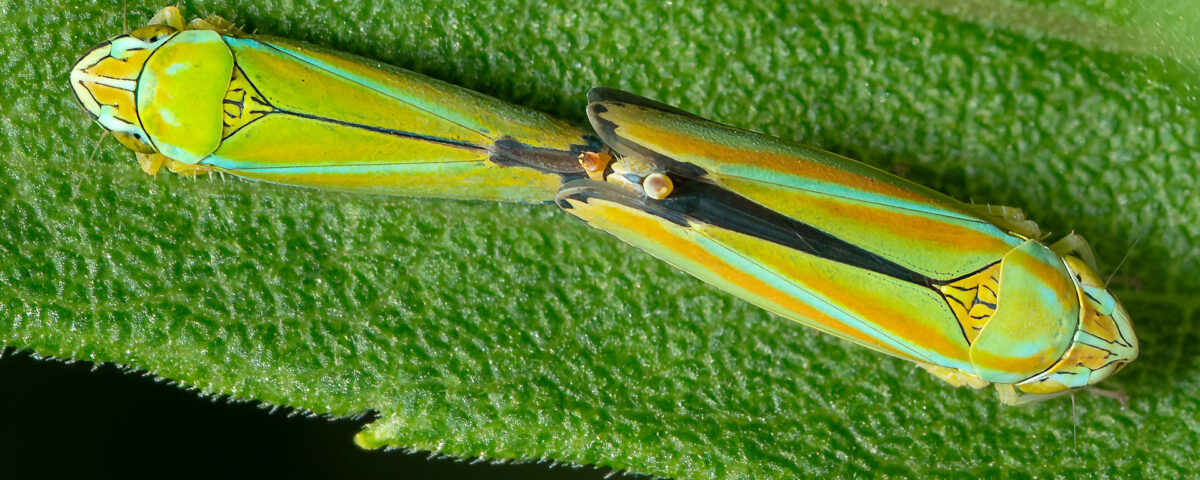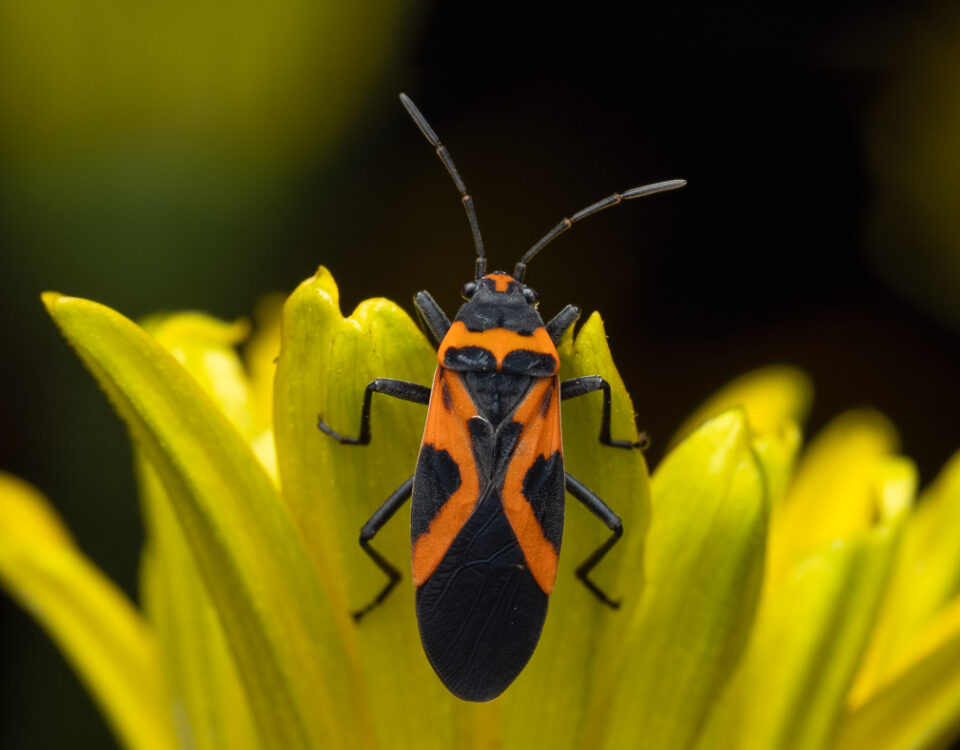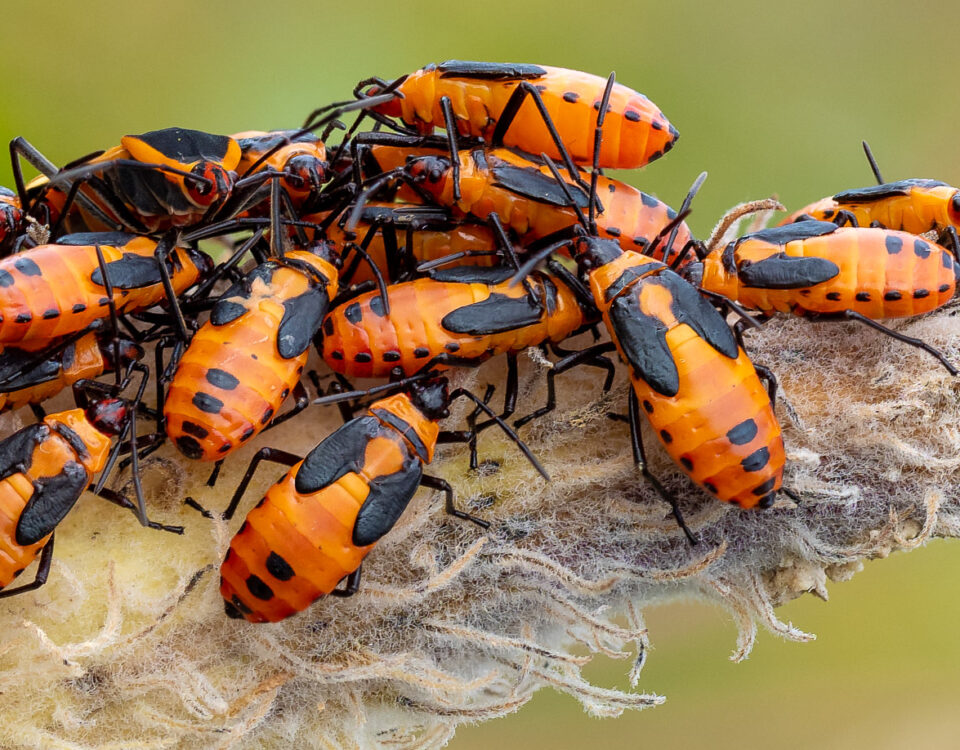Have you ever seen a Leafhopper?

Cecropia NANPA Award
May 28, 2023
Do bugs have caring moms?
March 27, 2024Have you ever seen a Leafhopper?
These common insects in our yards go unnoticed - not just because of their tiny size, but also their skillful behavior to evade detection. That is, until you know how to look for one. With over 3000 described species in North America, they show a mesmerizing variety of beautiful patterns and colors in a tiny package. Dare I say that Leafhoppers are captivating in the way warblers are as birds?
Leafhoppers are mostly found on leaves (of course), and occasionally on flower petals or stems. They’re quick to disappear, so you need to be on the lookout. As you approach a plant, it's common for them to side-step and flip under a leaf or hide behind a stem. To see one, play a game of hide-and-seek. Move your head in so you’re close enough to see the top of the leaf where it was, then wave your hand over their hiding place. They’ll usually pop back for a quick view. That is, unless they decide to hop, which they do at lightning speed, traveling long distances.
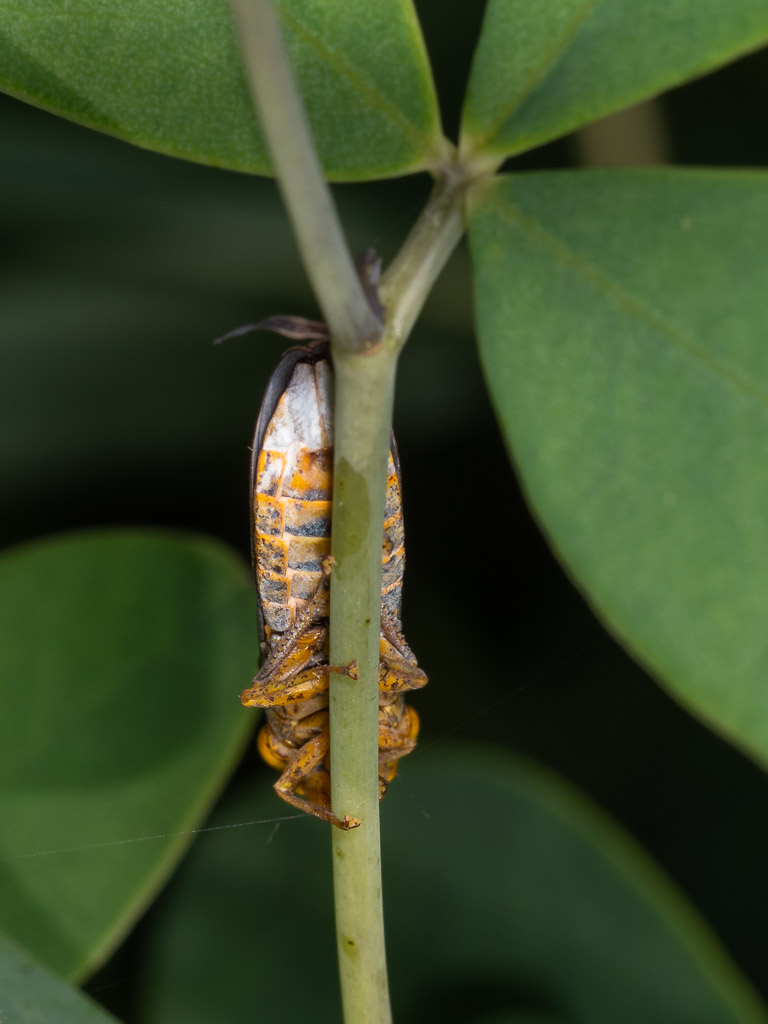
Broad-headed sharpshooter playing a game of hide-and-seek
The hop. That hop is powered by its rear legs, double the length of its other legs, and almost as long as its body. They’re folded under and mostly hidden from view. Researchers used high speed videography to capture their hopping mechanism and discovered that the time to depress and fully extend that back leg to hop averages only 5-6 milliseconds. So if it seems like an insect disappears in front of your very eyes, it might have! Hopping distances are many multiples of their body length, and one species was measured to 100 times.

The brilliant colored Candy-striped Sharpshooter shows the tibia spines on its mostly hidden hind hopping leg.
Relatives. Leafhoppers (Family Cicadellidae) resemble their relatives the Cicadas, but you're unlikely to mistake one because of the massive size difference. They can be confused with related treehoppers, planthoppers and spittlebugs that are similar in size, and also master hoppers. However, a unique identifying feature for leafhoppers is the visible rows of “spines” (actually setae hairs) on their rear tibia.

Cicadas are the gigantic cousins to the 2 Leafhoppers
Feeding and waste. In order to explain the purpose of those unique spines, it’s important to understand leafhopper feeding behavior first. Adults, and the immature nymphs, feed primarily on plant juices. But in order to get enough nutrients, they have to sip a lot of sap. That means they accumulate sugary waste product. That sugary poo, more pleasantly called - honeydew - not only promotes growth of bacteria or fungus, but it also attracts other insect groups that feed on it. So to prevent disease and predation, leafhoppers have evolved special methods to keep their bodies clean. One approach is to expel waste in a manner that forces it away from their location. The “Sharpshooter” subfamily is named after an explosive popping sound made as they expel their waste.
Brochosomes and anointing. But more importantly, the Leafhopper family protects their bodies and wings with a protective coating. Leafhoppers produce and excrete milky droplets filled with brochosomes – microscopic structures made up of proteins and lipids. Then they spread the liquid over their body. And here’s where those spines on their tibia get used. They’re used like combs to spread the brochosomes. The term “anointing” refers to the behavior of leafhoppers to coat their bodies. This behavior is typically observed after molting. Adults also “groom” to reapply.
Some female species coat their eggs with brochosomes. A few species dry patches of the substance on their wings in preparation for laying their eggs (see the photo of the Broad-headed Sharpshooter). The purpose for coating eggs may be to prevent parasitoids, but is largely unstudied.
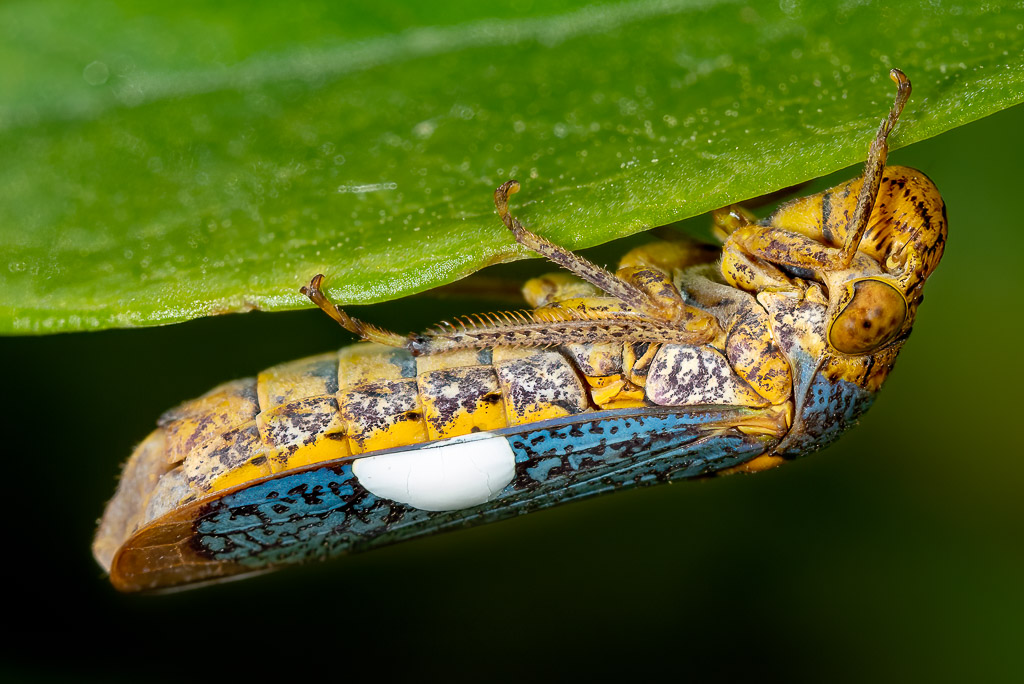
This female Broad-headed Sharpshooter hiding under a leaf, has a “brochosome” patch.

